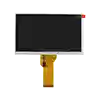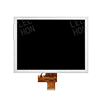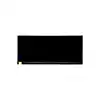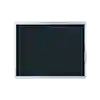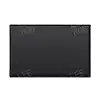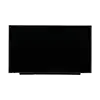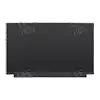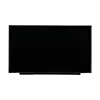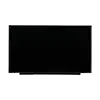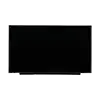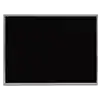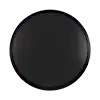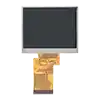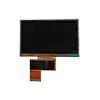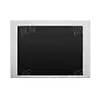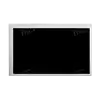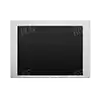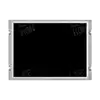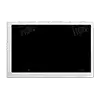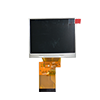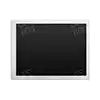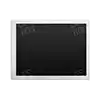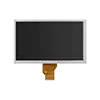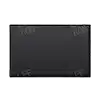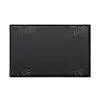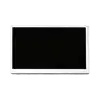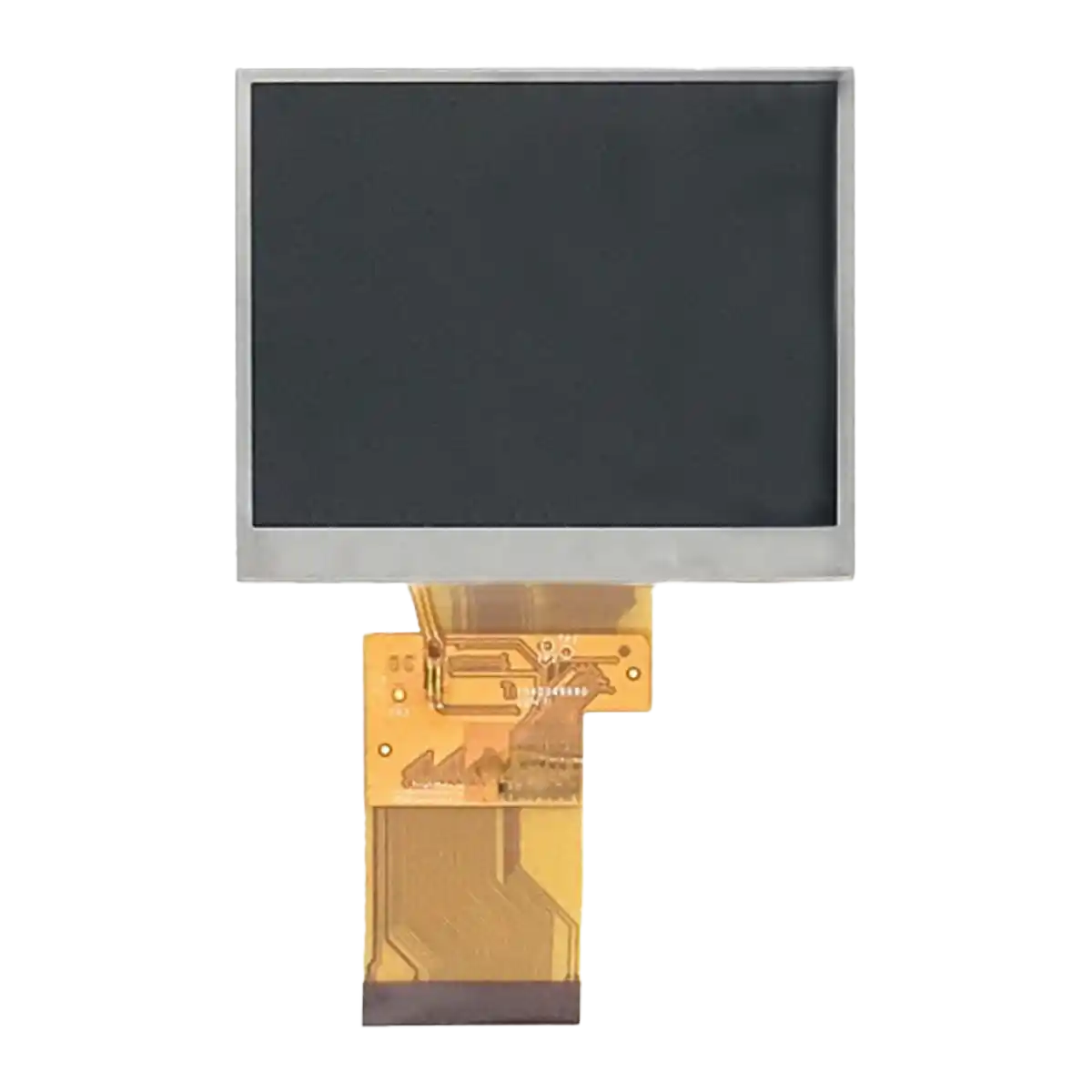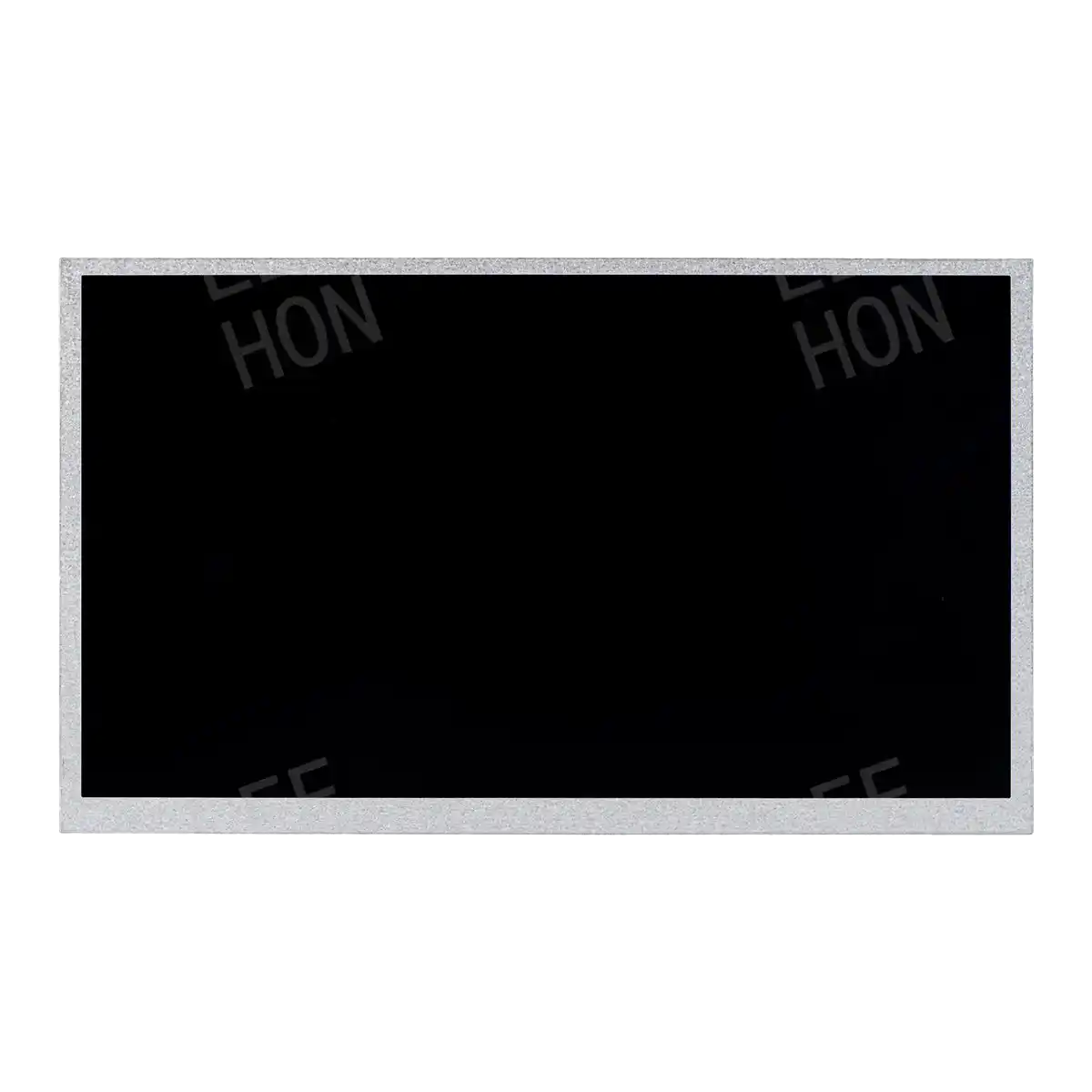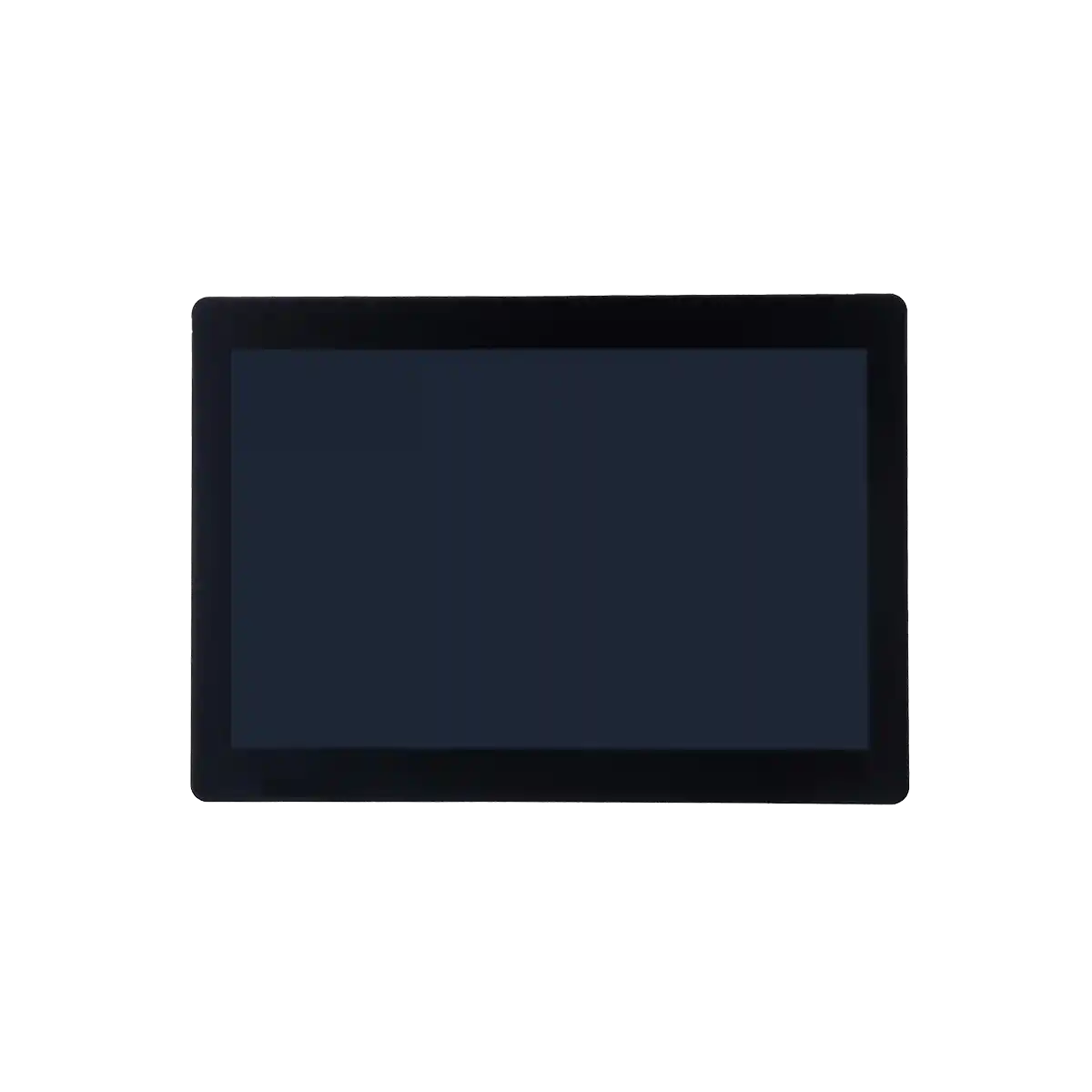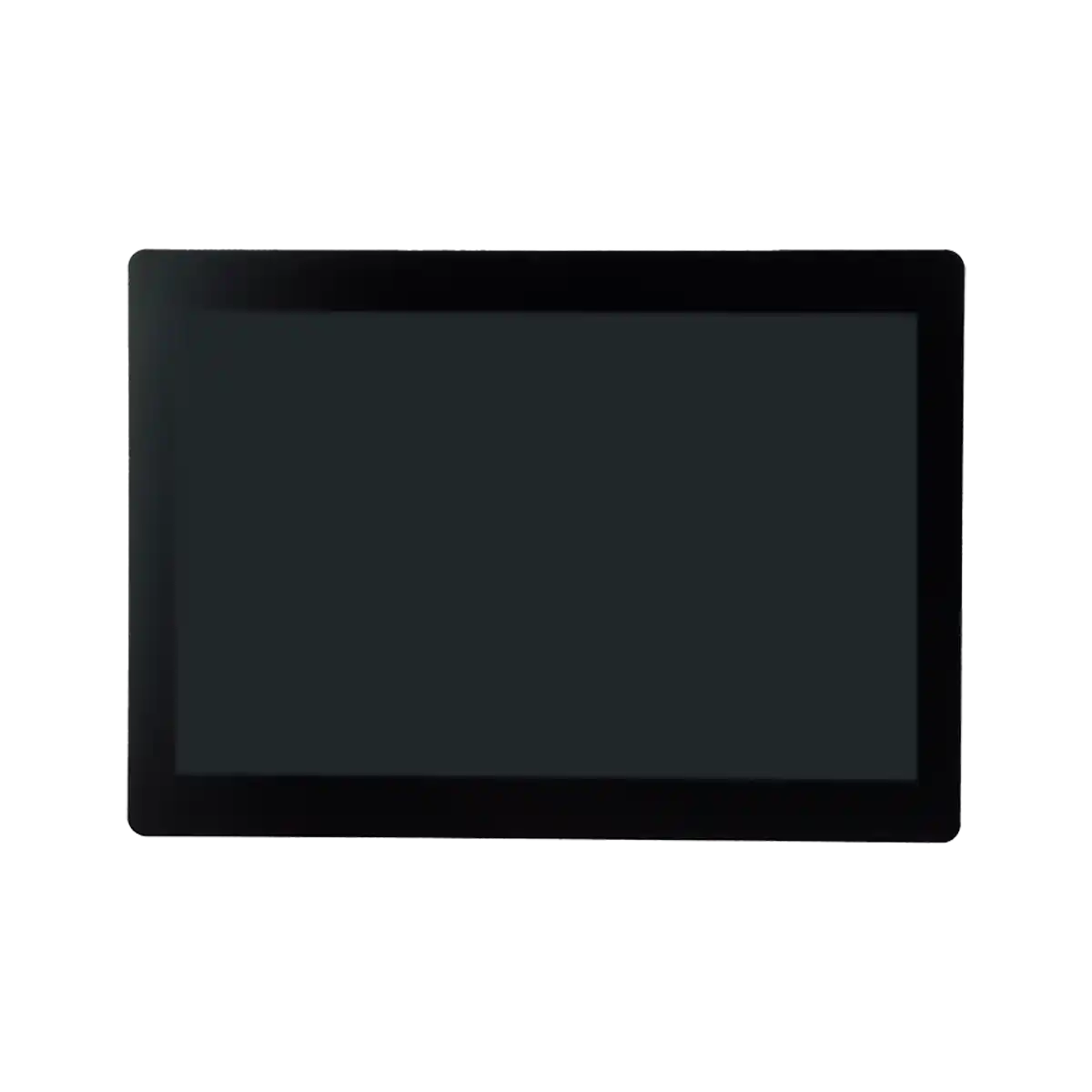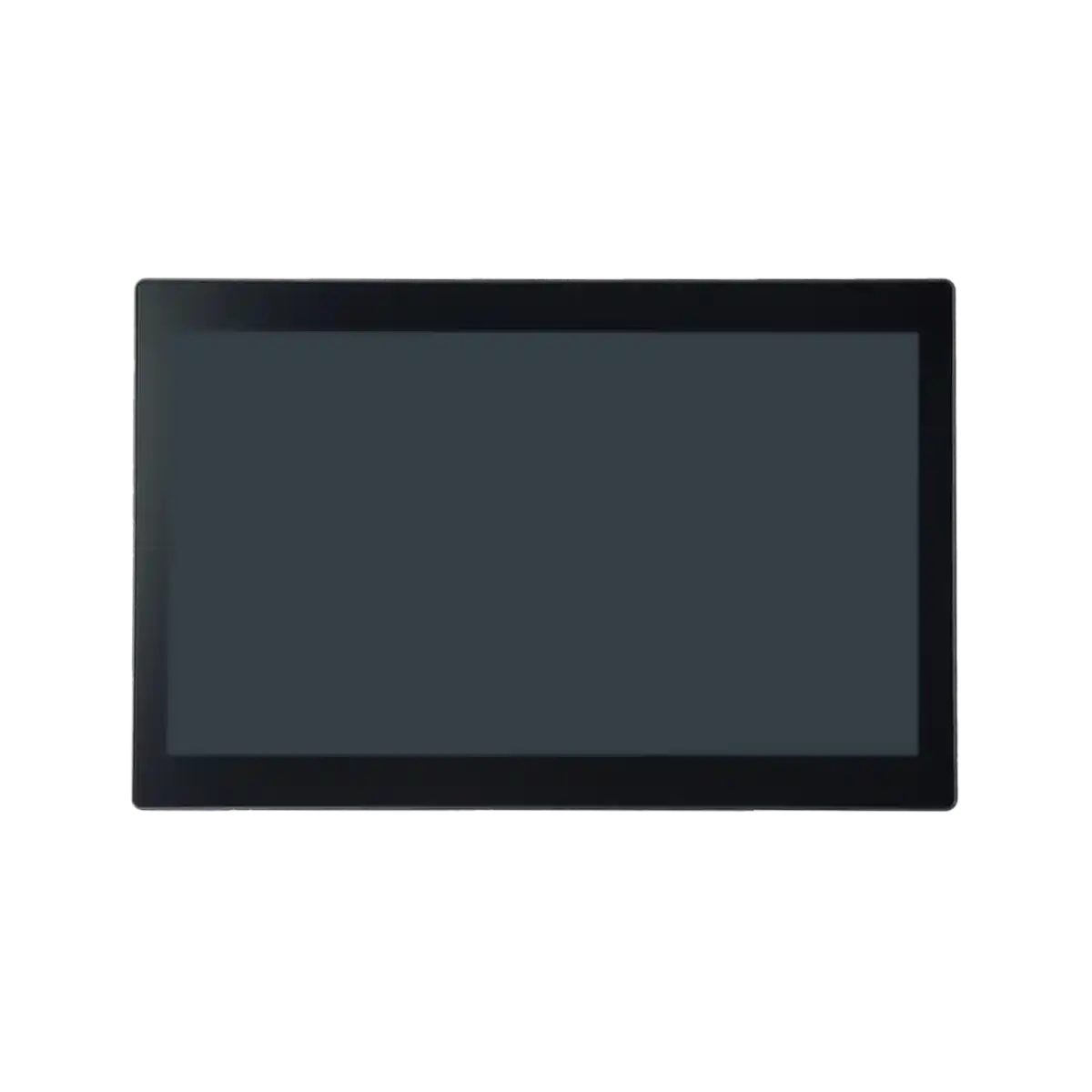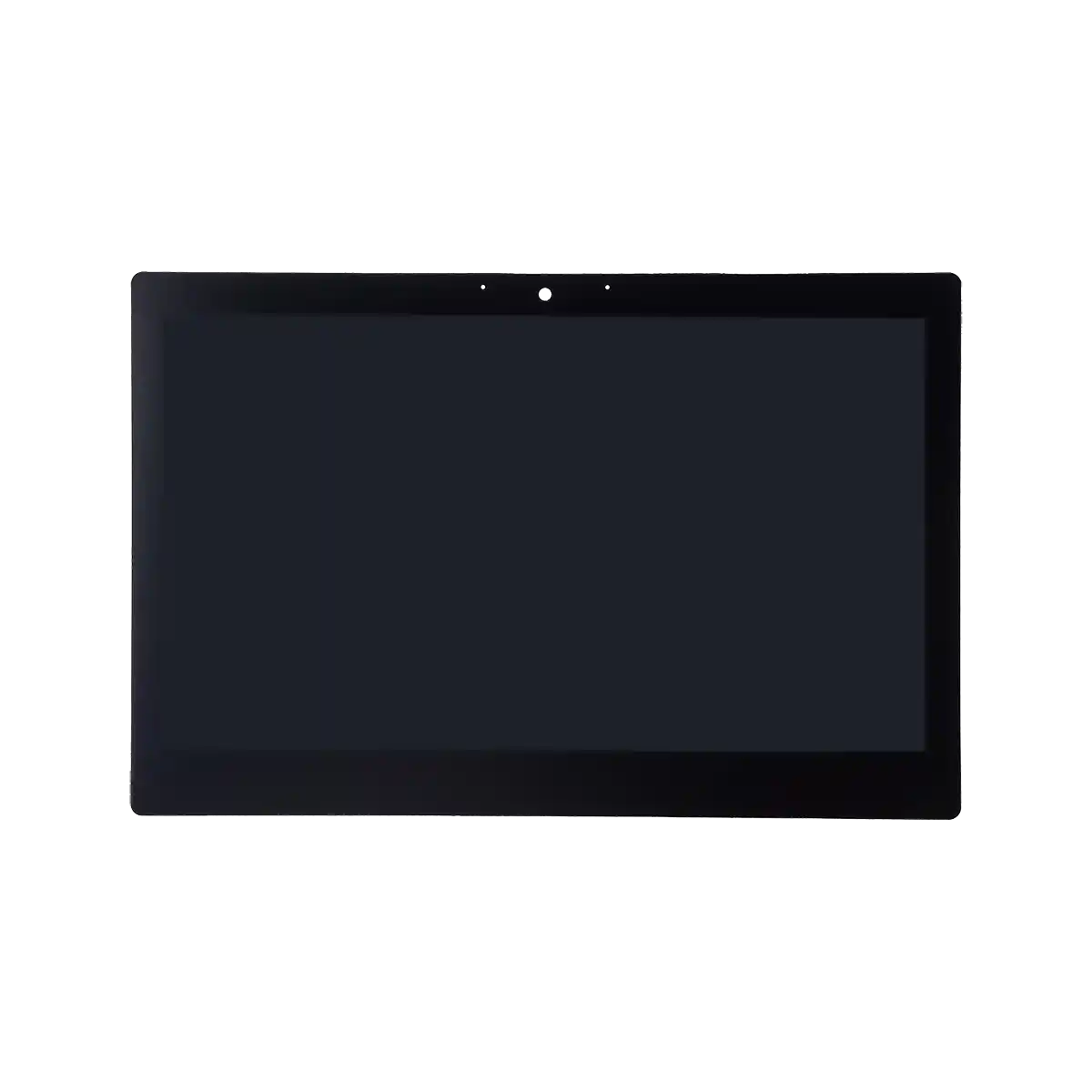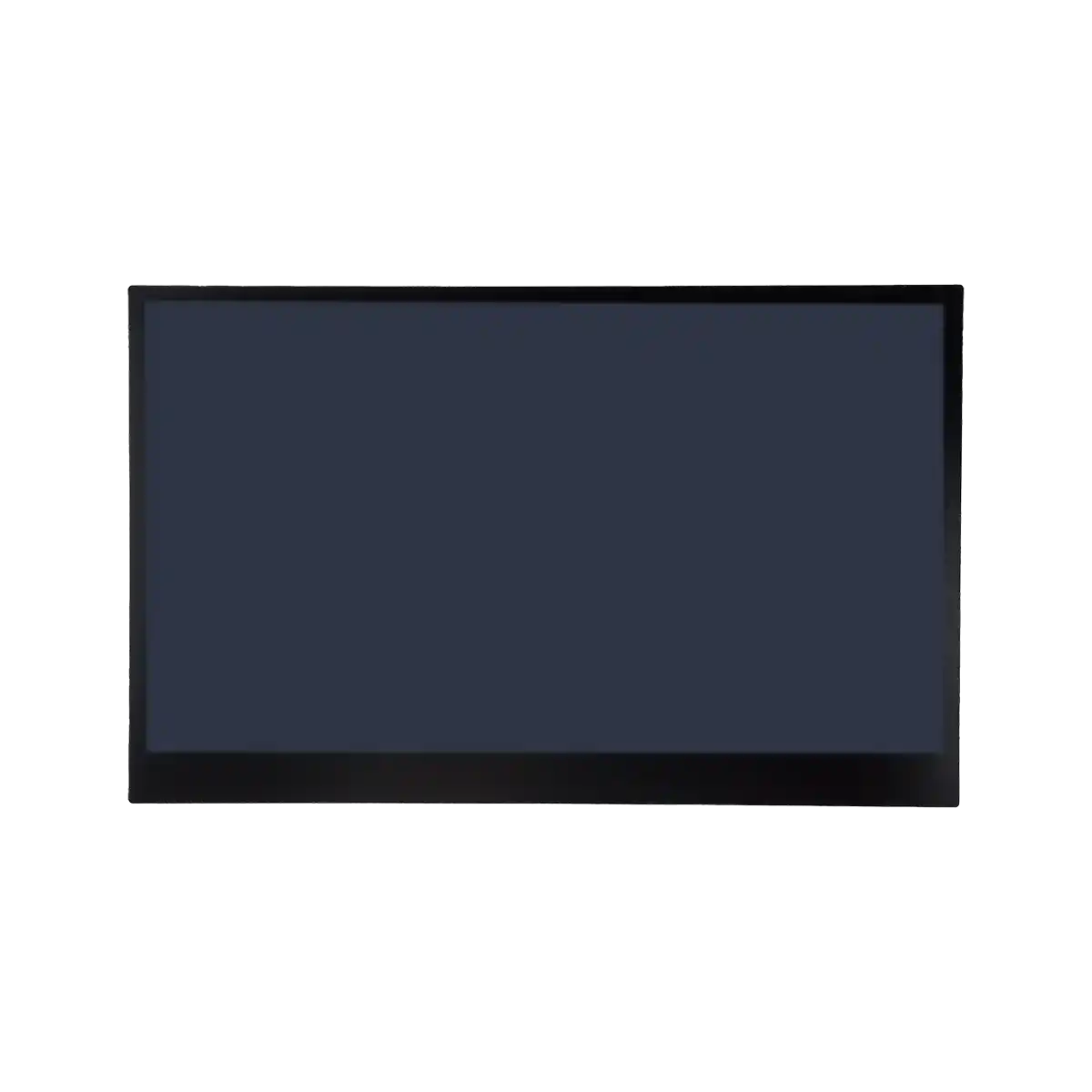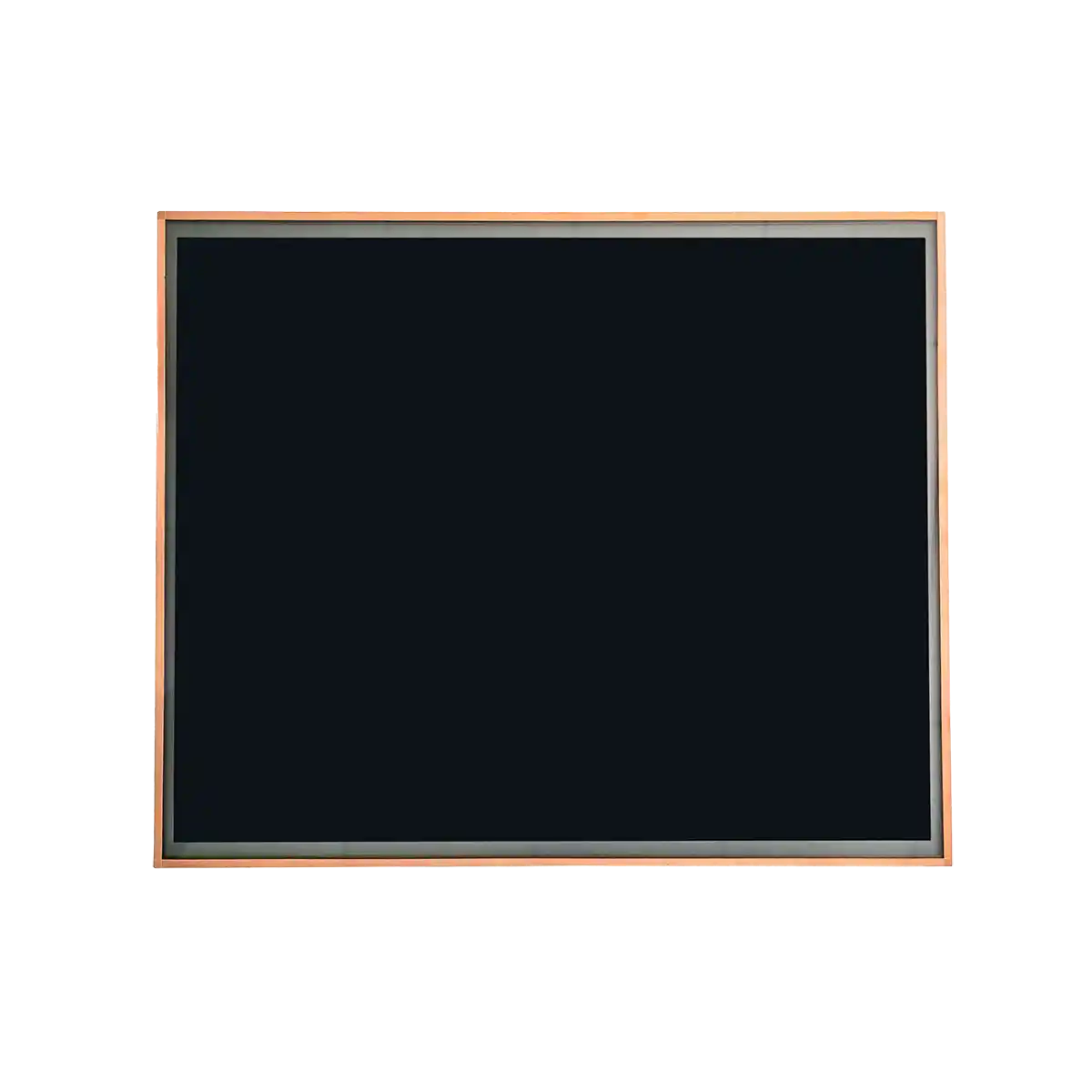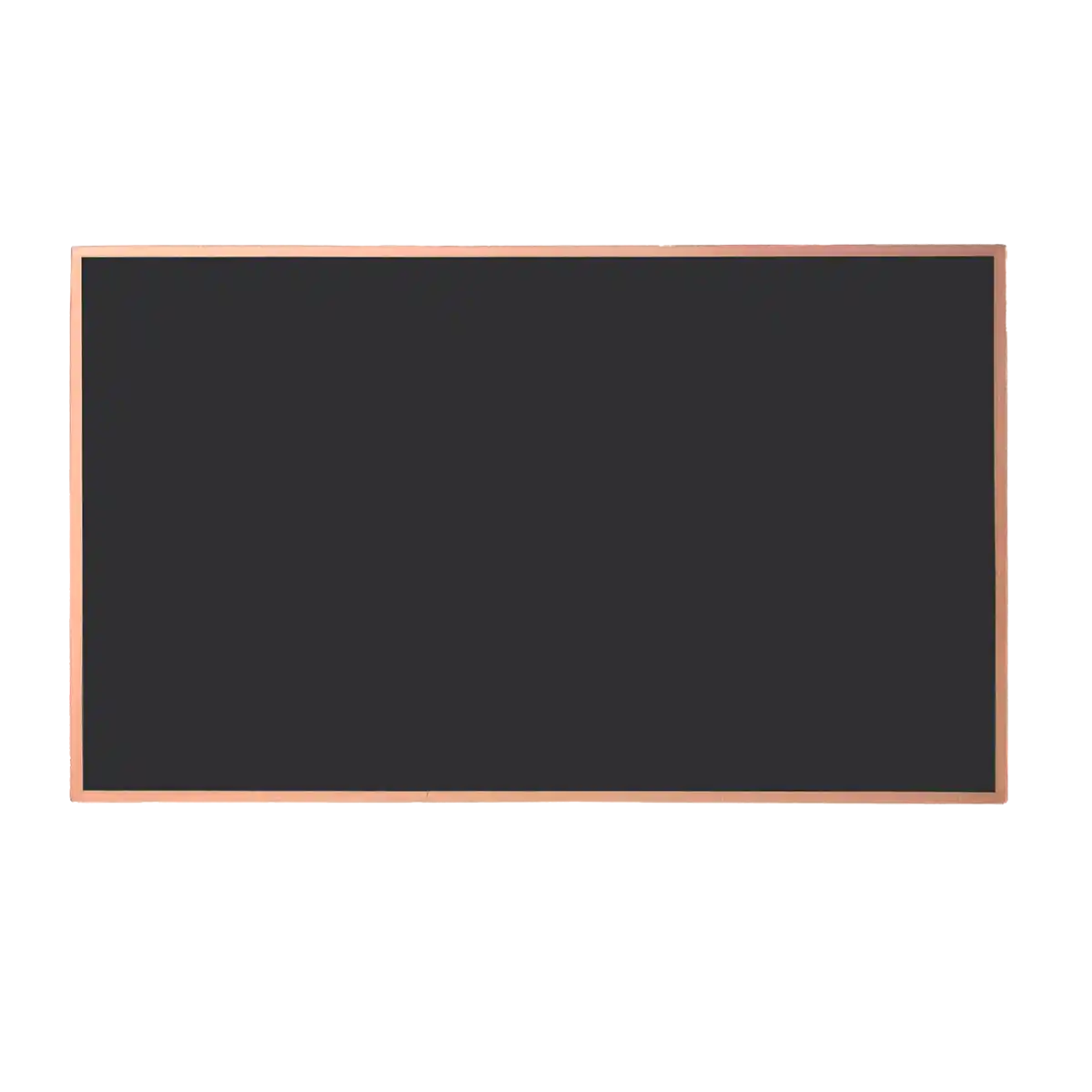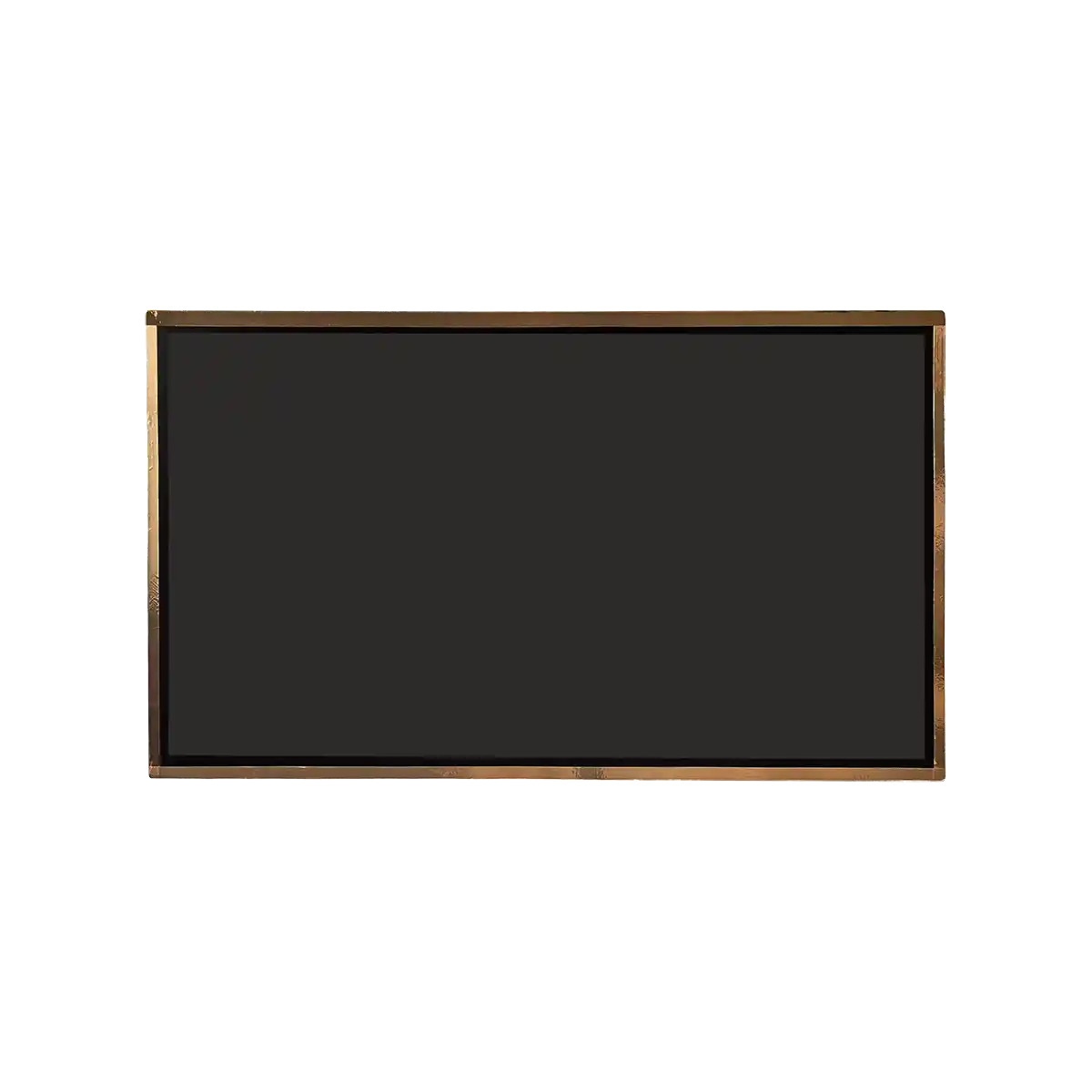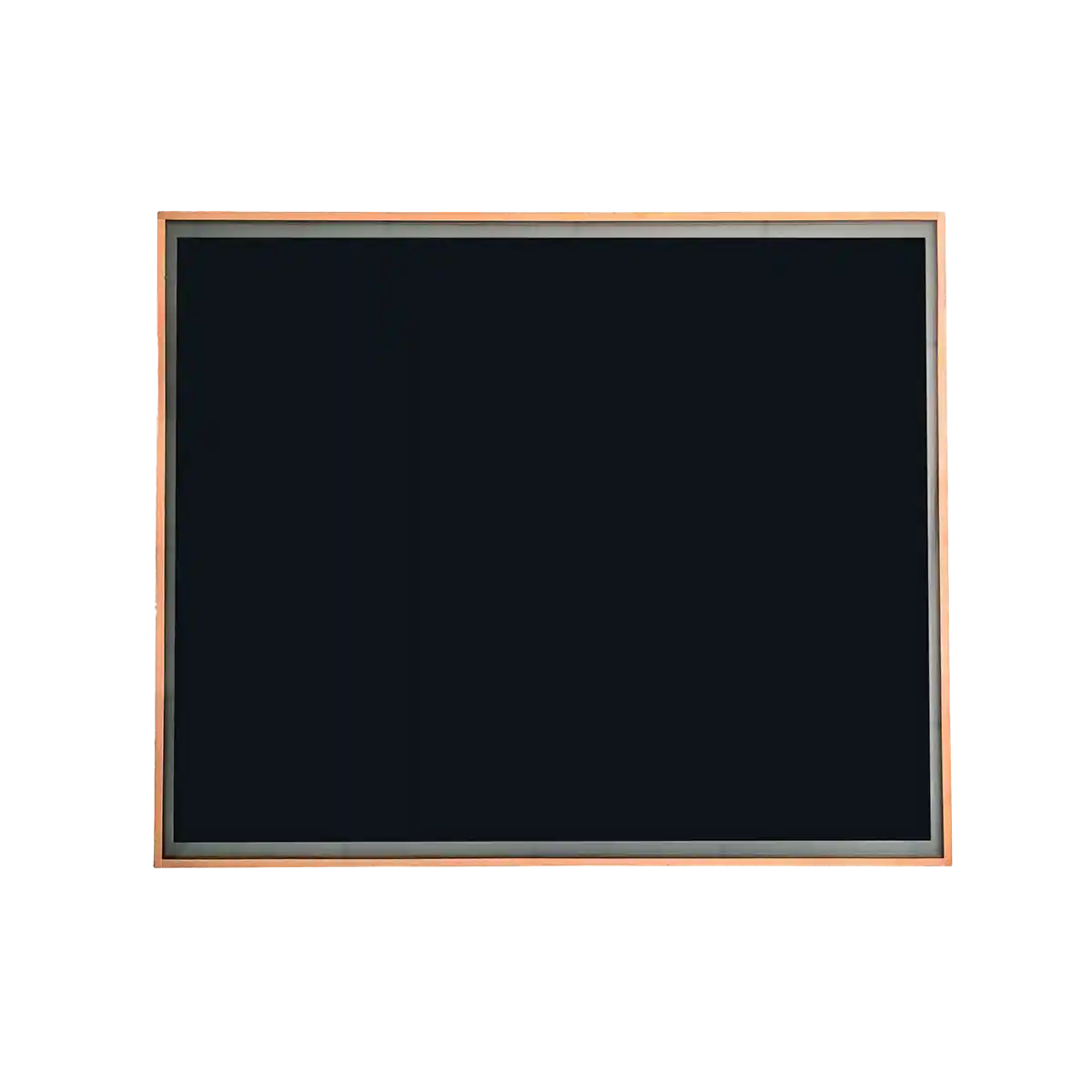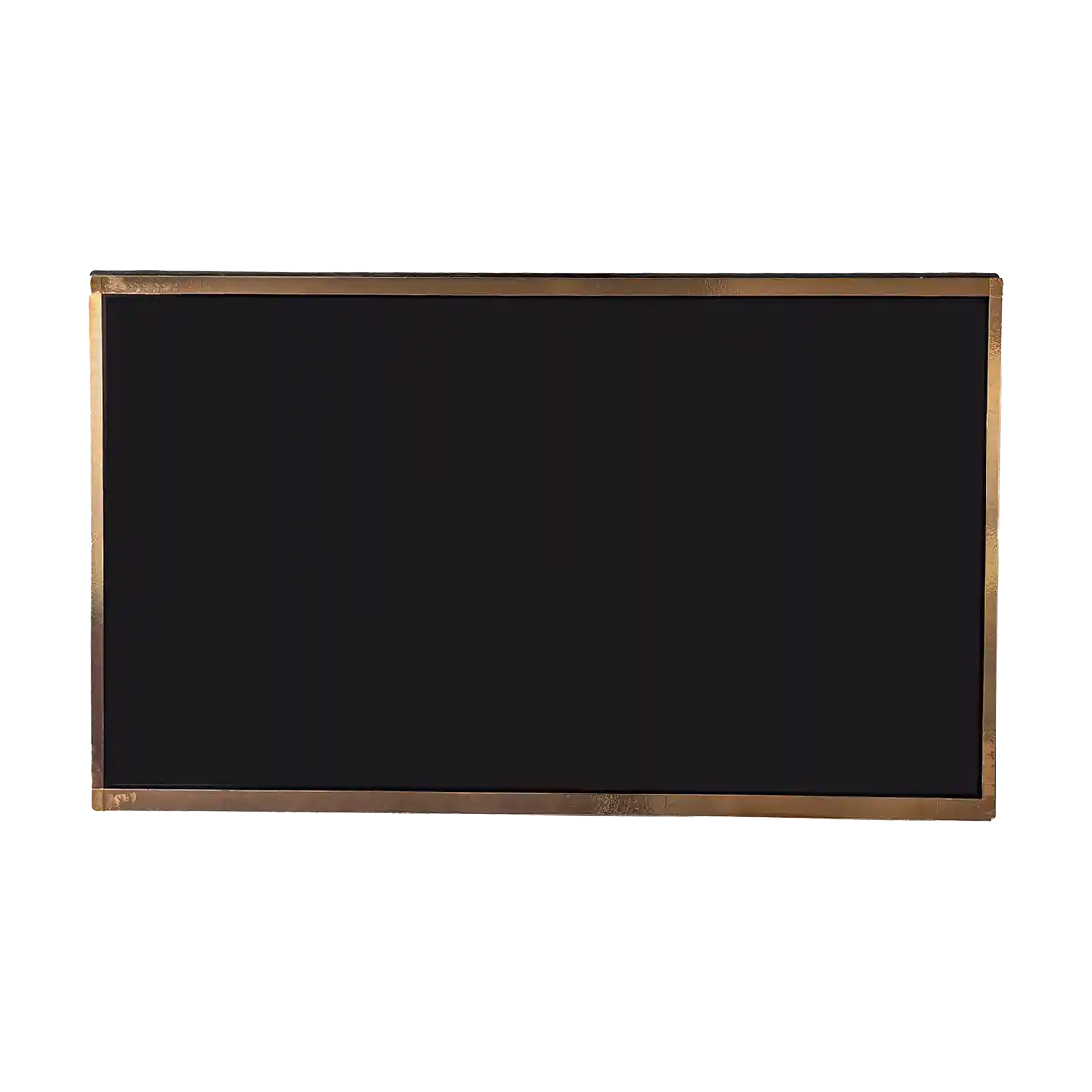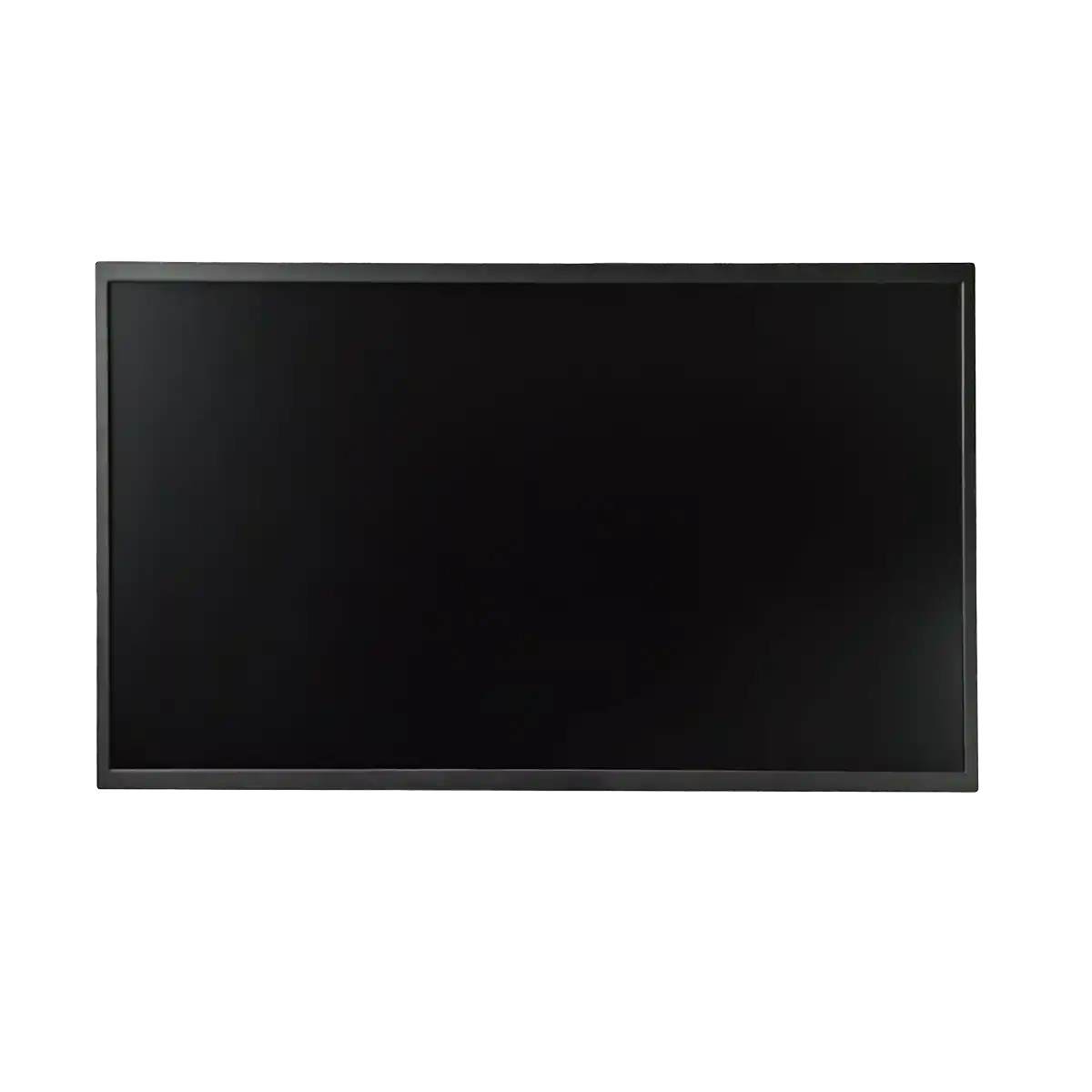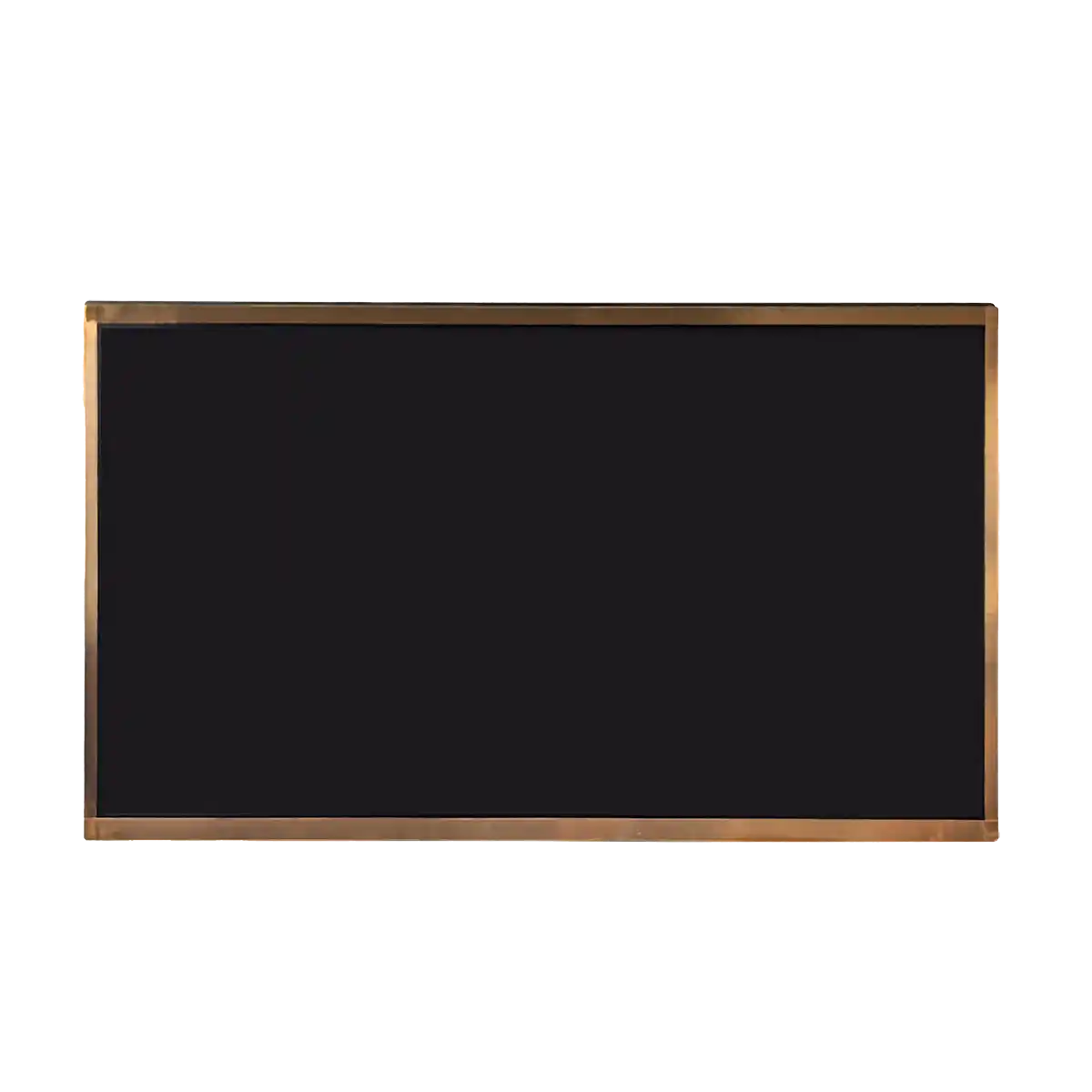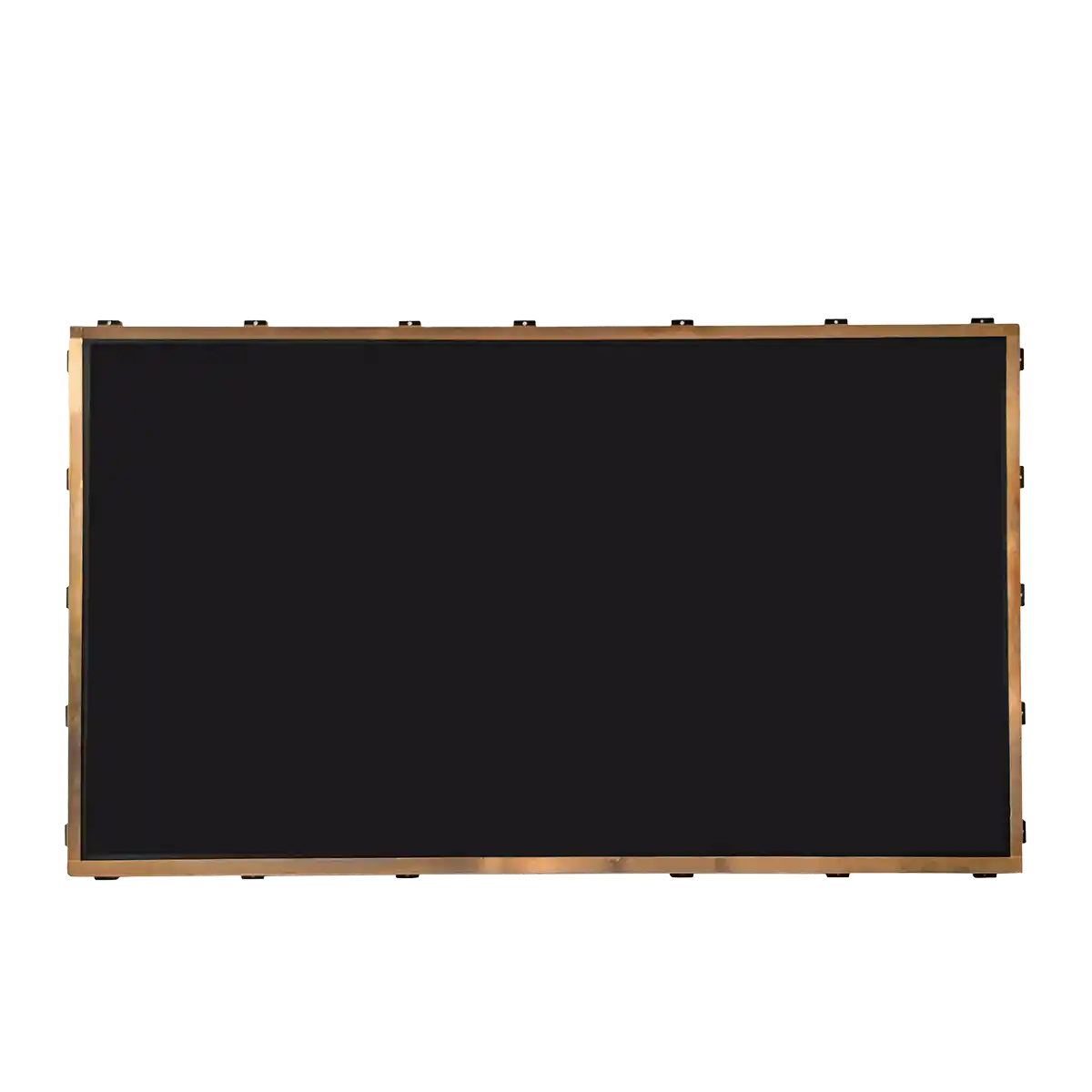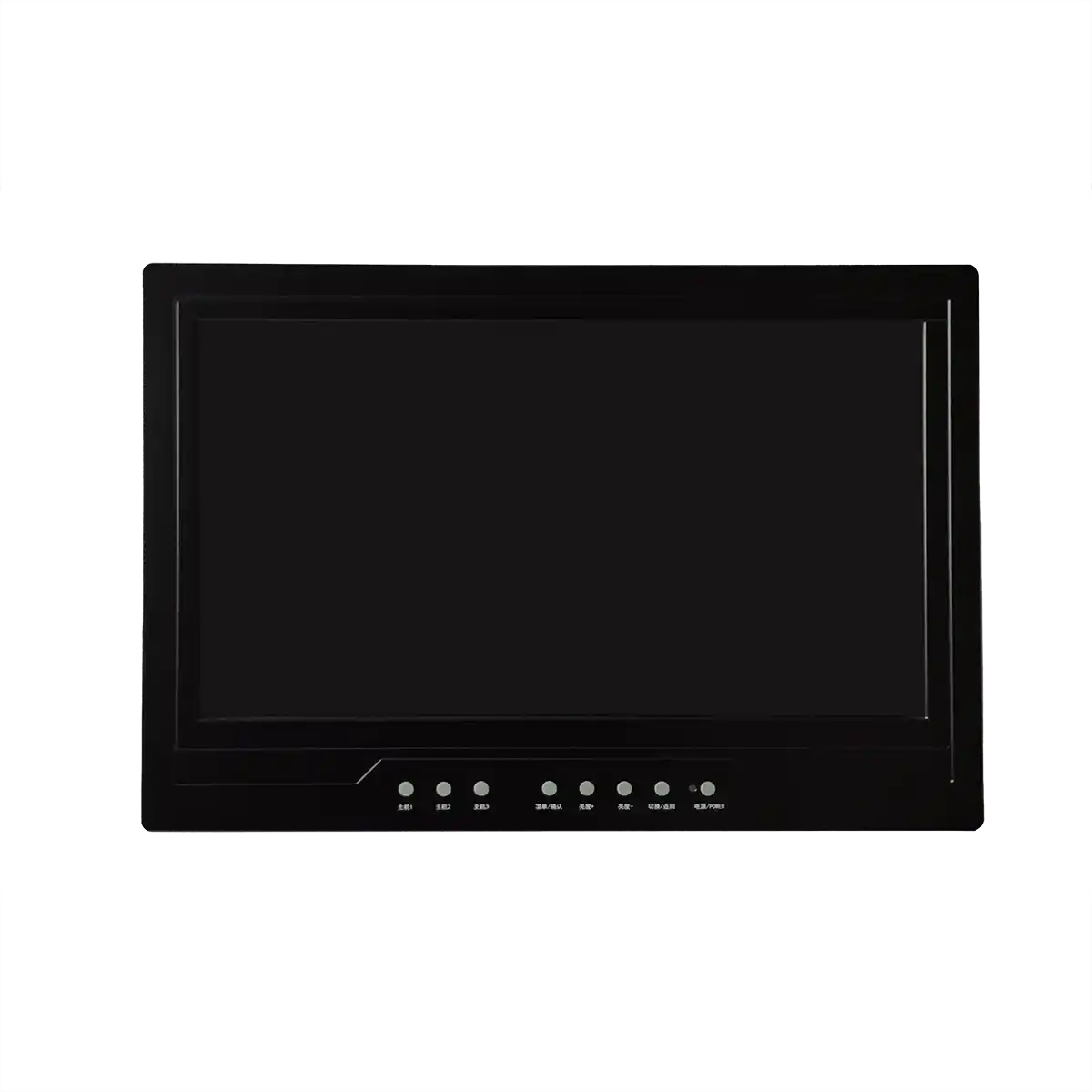Applications of Industrial LCD Panels in Manufacturing Automation
Introduction
In the realm of manufacturing automation, the role of Industrial LCD Screens is paramount. These displays are not merely visual interfaces but are integral components that enhance the efficiency, accuracy, and safety of automated systems. Industrial LCD Screens, or Liquid Crystal Display screens, are specially designed for continuous operation in environments that may be subject to vibrations, extreme temperatures, and exposure to dust and moisture. As we embark on this exploration, we will uncover the myriad ways in which these robust displays contribute to the advancement of manufacturing automation.
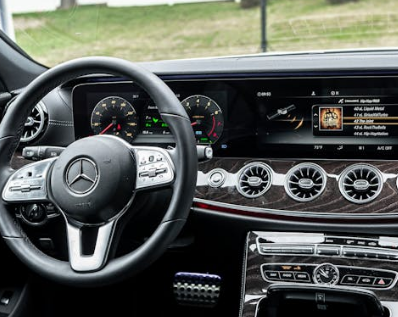
Body
1. Human-Machine Interface (HMI):
- Industrial LCD Screens often serve as the primary Human-Machine Interface in automated manufacturing systems. They provide real-time visual feedback, allowing operators to monitor and control processes with precision. HMIs are crucial for the supervision of assembly lines, robotic arms, and other automated machinery.
2. Process Visualization:
- These screens are adept at displaying complex process flows, schematic diagrams, and real-time data, which are essential for understanding the status of manufacturing operations. Visualization aids in quick diagnosis of issues and efficient decision-making on the factory floor.
3. Control Panels:
- Integrated into control panels, Industrial LCD Screens facilitate the management of various functions such as start, stop, speed adjustment, and direction control of machinery. They are often accompanied by physical buttons or touchscreen capabilities for direct interaction.
4. Data Logging and Analysis:
- Advanced Industrial LCD Screens are capable of logging vast amounts of data generated by manufacturing processes. This data can be analyzed to identify trends, predict machine failures, and optimize production schedules.
5. Machine Vision Systems:
- In conjunction with cameras and sensors, Industrial LCD Screens are used in machine vision systems to inspect products for defects, measure dimensions, and ensure quality control. The clarity and resolution of these screens are critical for accurate image display and analysis.
6. Alarm and Notification Systems:
- They are instrumental in alerting operators to critical issues through alarms and notifications. The use of different colors, icons, and alert levels helps in immediate identification of the severity of the situation.
7. Training and Instruction:
- Industrial LCD Screens can display training materials, step-by-step instructions, and safety guidelines, thereby enhancing the skill set of the workforce and ensuring adherence to best practices.
Conclusion
The integration of Industrial LCD Screens in manufacturing automation is a testament to their versatility and resilience. They have transformed the way manufacturing processes are monitored, controlled, and optimized. As we conclude, it is clear that these displays are more than just a technological addition; they are a fundamental component that drives the efficiency and reliability of automated manufacturing systems.
Expansion
Looking to the future, the applications of Industrial LCD Screens in manufacturing automation are set to expand further. With the advent of Industry 4.0 and the Internet of Things (IoT), these displays will become even more interconnected, providing a seamless interface between machines, operators, and data analytics platforms.
The integration of augmented reality (AR) and virtual reality (VR) technologies with Industrial LCD Screens will offer immersive experiences for training and remote troubleshooting. This will reduce the need for physical presence on the factory floor, enhancing safety and accessibility.
Furthermore, as technology progresses, we can anticipate the development of more sophisticated Industrial LCD Screens with higher resolutions, better color accuracy, and improved touch sensitivity. These advancements will cater to the increasingly complex demands of manufacturing automation, ensuring that the human-machine interface remains at the cutting edge of innovation.
Recommended Articles
-
Are the displays in Tesla's Cyb
2024-12-10 -
Interpretation Report on AUO's
2024-12-05 -
ADS Pro: The Future of Display
2024-12-04 -
The Trajectory of South Korea's
2024-12-04 -
Practical Applications of Indus
2024-09-26 -
Hangzhou LEEHON Technology supp
2024-09-14 -
How to Check for Issues in Indu
2024-09-11 -
How does an LCD screen find ind
2024-09-11 -
What is the difference between
2024-09-11 -
In-depth analysis of the develo
2024-09-10

